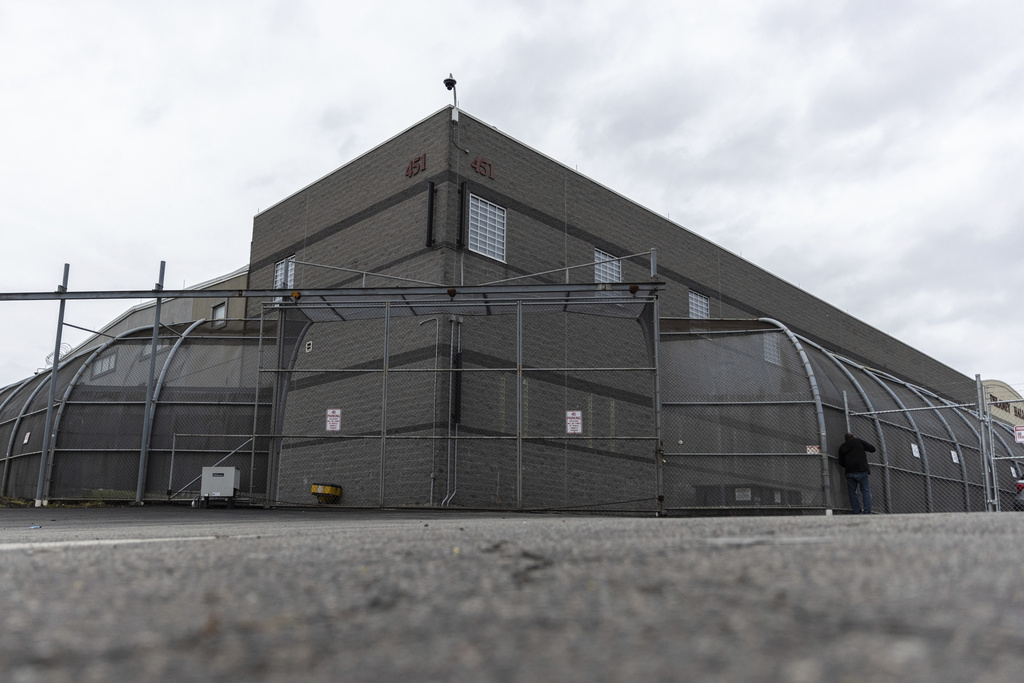The northern lights moved south last night on the back of a big solar storm.
And if the volume of YouTube videos posted overnight is anything to go off — people noticed.
The lights were spotted in areas of the U.K. that don't usually see them, including Northern Ireland, northern England and Wales. (Video via BBC)
They were also visible in some northern states in the U.S. including North Dakota, where Joshua Eckl captured this stunning time lapse video.
To better understand why the lights were seen so far south, we have to first look at what causes the aurora in the first place.
It starts with the sun, which regularly emits tons of energized particles. Some of those particles end up entering the Earth's magnetic fields where the magnetic field lines dip toward Earth: the poles. They then energize elements in the atmosphere, like nitrogen and oxygen, causing them to give off energy in the form of light.
The sun gives off big waves of these particles during events called coronal mass ejections, two of which happened earlier this week and eventually combined. (Video via NASA)
That volume of particles means the aurora gets pushed farther from the poles, providing the light show for people who normally miss out.
And that means it wasn't just the northern lights that moved south: The southern lights — the aurora australis — moved north, filling the sky over New Zealand with pink and violet light. (Video via TVNZ)
The strength of the solar storm — the strongest since 2013 — could also disrupt GPS and harm radio communications. (Video via U.S. Air Force)










